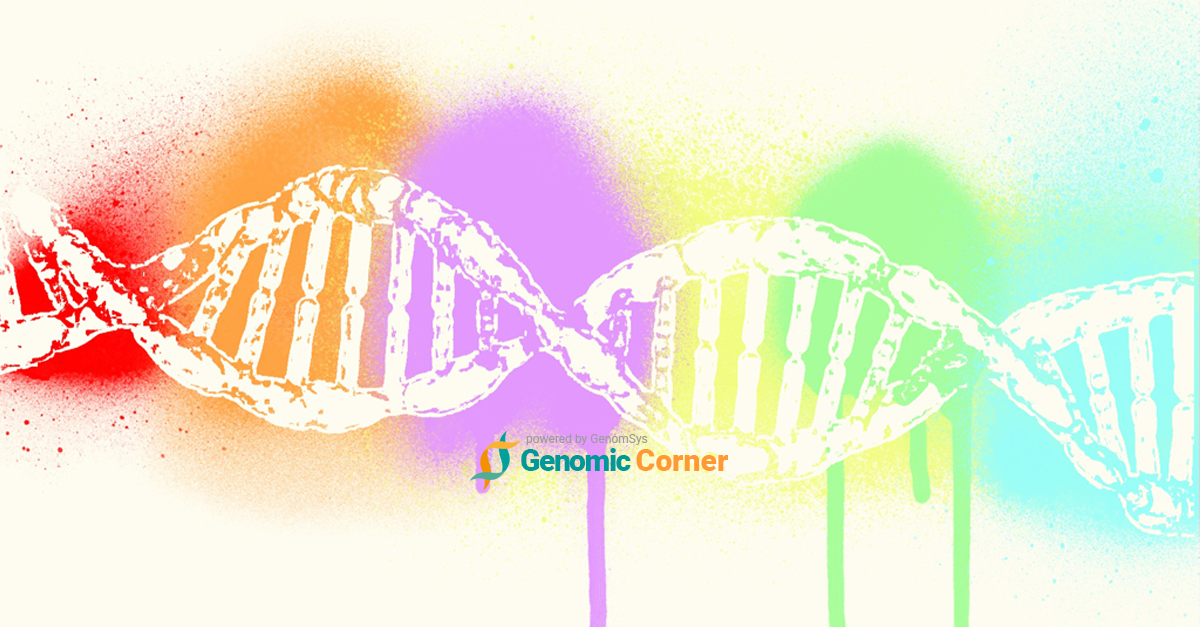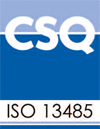On February 28th the scientific community celebrated Rare Disease Day, an initiative aiming to raise awareness of rare diseases among the general public and decision-makers (https://www.rarediseaseday.org/).
Rare diseases do need awareness. Not only because they are mostly unknown to the majority of people, but for the high impact they have on the patients’ life. Despite the name, rare diseases impact more lives than we tend to think. Almost 1 in 20 individuals suffer from a rare disease with many cases going undiagnosed, and no cure available for plenty of these conditions.
At GenomSys we want to give our support to the rare disease community, we want to help to illustrate why rare diseases matter.
What is a rare disease?
According to the European classification, a disease is rare if it affects less than one individual out of 2’000 (2), while in the US if the total of affected individuals is less than 200’000 (3). More than 6’000 different rare diseases have a genetic origin, being mostly caused by single-gene causal alterations, with mutations disclosed in more than 3’000 genes.
A disease is a pathophysiological response to internal or external factors.
A disorder is a disruption to regular bodily structure and function.
If some diseases are very rare, are these less concerning or more impactful?
Let’s not be fooled by the isolated numbers!
Despite being in general quite rare, the consequences of rare diseases collectively represent a big burden on public health and society. Over 30 million people in Europe and 25 million in the US suffer from their severe, chronic, or non-curable manifestations (4).
What is the impact of rare diseases on individuals?
Rare diseases include severe or lethal conditions, affecting people of any age, most commonly young children, frequently very difficult to diagnose, and not curable or with very limited treatment options. Besides a major public health issue, the lack of adequate care for every patient represents a humanitarian failure.
What is the impact of rare diseases on society?
Altogether, rare diseases afflict millions of people with very severe and persistent symptoms. Besides, the rareness for many of these conditions poses specific challenges to clinical management, as the scant knowledge and lack of resources, strongly impair the capabilities of the healthcare system to properly recognize and aid the patients.
What makes it difficult to understand and treat rare diseases?
The low prevalence of individual conditions limits the available expertise and resources.
Diagnostic processes are complicated by the little knowledge and the limited number of experts, with many individuals enduring a diagnostic odyssey (i.e., long, faulty, or inconclusive procedures). About the treatments, the disease-specific markets are often too small to be appealing for the development of new therapies, and when available, the medications developed for a small number of patients often have a high market price to stand for an attractive revenue for the manufacturers.
Why is important to support the research on rare diseases?
First and foremost: to ensure a better life for the millions of patients afflicted by severe diseases.
The achievement of a means to diagnose rare genetic conditions is crucial for the patients and their families. Identifying disease-causing alterations can improve disease-management strategies, enabling precision medicine and prevent unnecessary or potentially harmful interventions or treatments.
Secondly: research on rare diseases can expand the understanding of complex diseases as well.
Being mostly caused by a single biological defect, deciphering the genetic bases can provide insight into the underlying pathogenic mechanisms.
Precision medicine is a medical approach aimed to prevent, diagnose, and treat diseases based on the person’s unique genetic constitution and lifestyle.
Complex diseases are mostly resulting from a combination of genetic, environmental, and lifestyle factors, most of which are still unknown. The large majority of diseases fall within this category, including both congenital defects and adult-onset conditons.
Special focus: genetic diagnosis of rare diseases
As previously mentioned, clinical recognition of rare diseases can be often challenging due to low prevalence-related drawbacks which can impair the recognition of patients. For certain conditions, the treating clinician might have not seen a patient, or the clinical presentations might not have yet been fully depicted. Other limits are the reported high genetic heterogeneity and the overlap of clinical symptoms among different conditions.
The identification of disease-causing variants can provide support for diagnostic, preventive, and therapeutic strategies therefore, the use of next-generation sequencing (NGS)-based methods has spread in clinical settings. Currently, gene-panels (targeted sequencing), whole-genome sequencing (WGS), and whole-exome sequencing (WES) are the most widely adopted methods of clinical genetics.
Next-generation sequencing (NGS) defines massively parallel sequencing technology that in the last decades has revolutionised genomic research. NGS provide high-throughput and scalable methods supporting a wide set of applications in research and diagnostic.
Gene-panels are tests targeted to the analysis of a set of genes, or genetic regions or variants that have known or suspected associations with the studied disease or phenotype.
Whole-genome sequencing (WGS) sequencing technique for the analysis of the entire genome.
Whole-exome sequencing (WES) sequencing technique for the analysis of all the protein-coding regions in genome (i.e., exome).
What method is chosen for the study and the diagnostics of rare diseases?
A crucial point is the selection of the genetic testing applications most adequate to the specific diagnostic requirements, and the evaluation of the different test-associated drawbacks (costs, analytical requirements, and ethical issues related to the generated genetic data (5).
‘Genotype-first’ approaches like WES and WGS are efficient for tackling rare diseases even in the absence of strong clinical suspicions, or in presence of atypical manifestations, or within the occurrence of novel disease-causing variants. Also, WES (or WGS) could prove more effective than targeted approaches for selected specific phenotypes which could be deceptive with variants out of their scope (6).
Overall, WES can be preferred for the routine diagnostics of rare diseases given that almost 85% of the disease-causing variants lie within the coding region, and due to WGS currents limitations (cost, low coverage, analysis, and storage efforts).
The Genotype defines the individual’s genetic characteristic.
The Phenotype refers to an individual’s observable physical traits.
By Luca Trotta on March 14, 2021
(1) https://www.rarediseaseday.org/
(2) http://www.orpha.net/consor/cgi-bin/index.php, May 2017.
(3) http://www.fda.gov, May 2017.
(4) Dodge JA, Chigladze T, Donadieu J, Grossman Z, Ramos F, Serlicorni A, et al. The importance of rare diseases: from the gene to society. Arch Dis Child 2011 Sep;96(9):791-792.
(5) Jamuar SS, Tan EC. Clinical application of next-generation sequencing for Mendelian diseases. Hum Genomics 2015 Jun 16;9:10-015-0031-5.
(6) https://helda.helsinki.fi/handle/10138/278894




